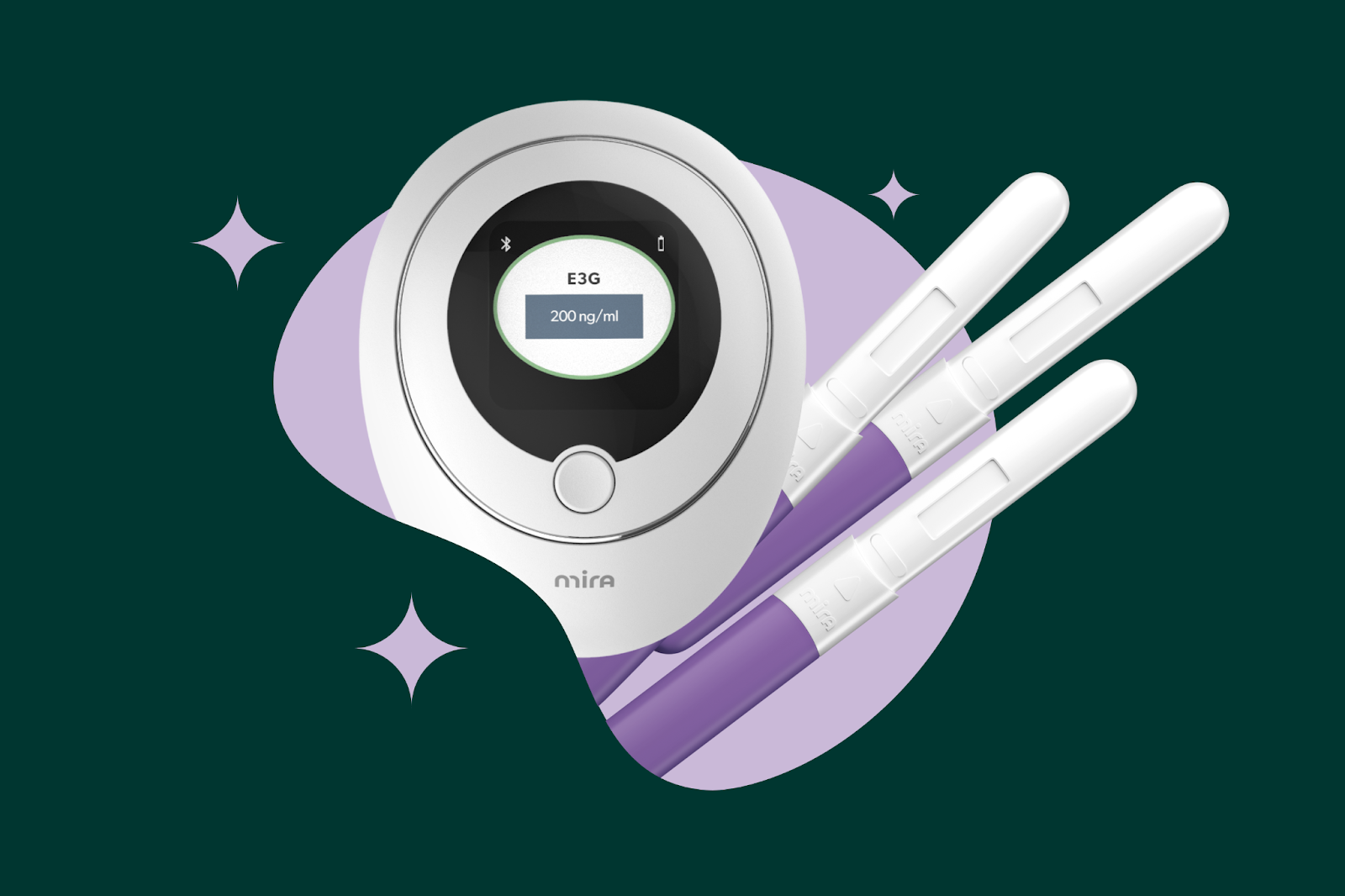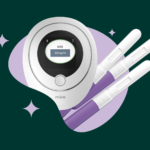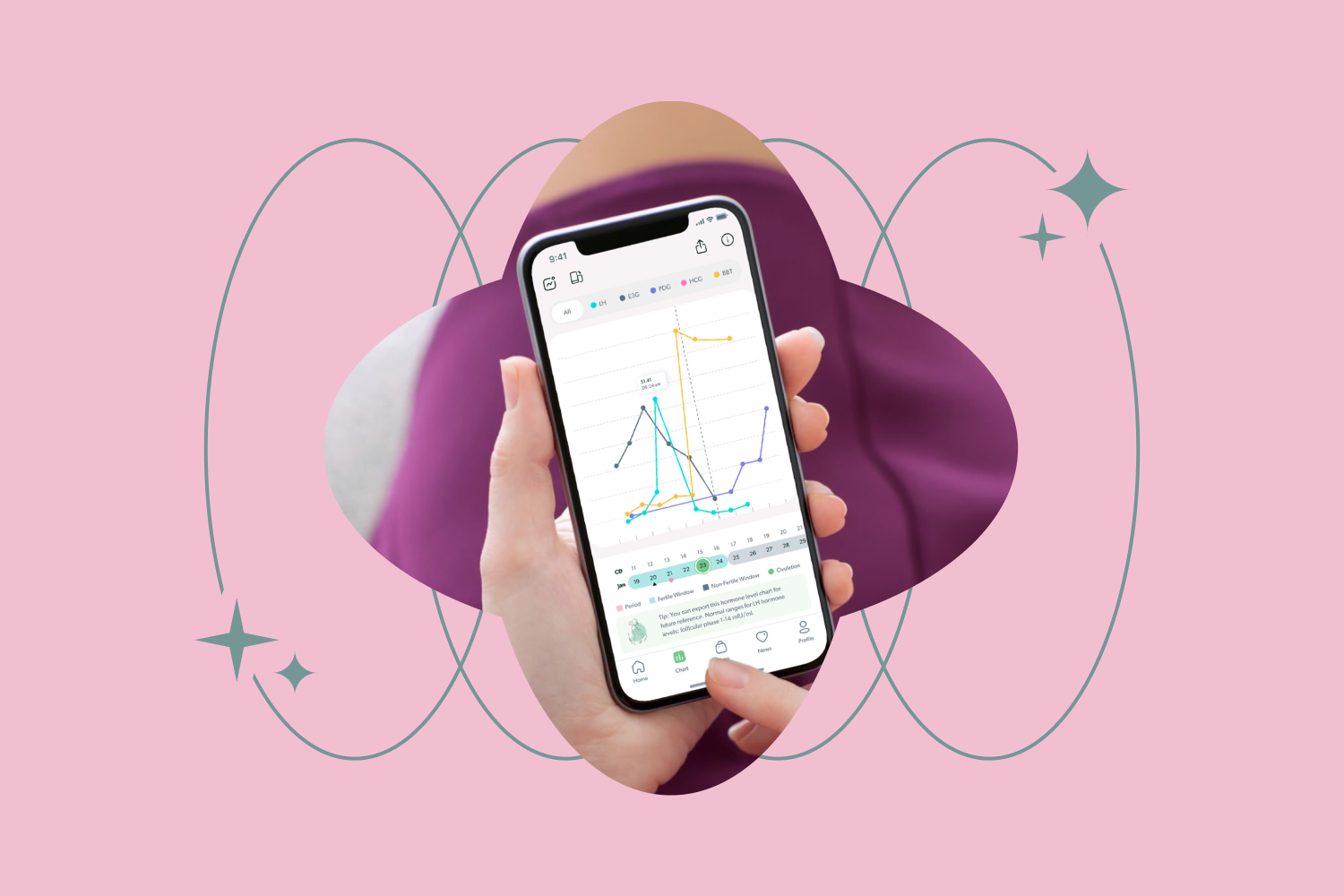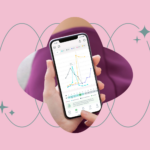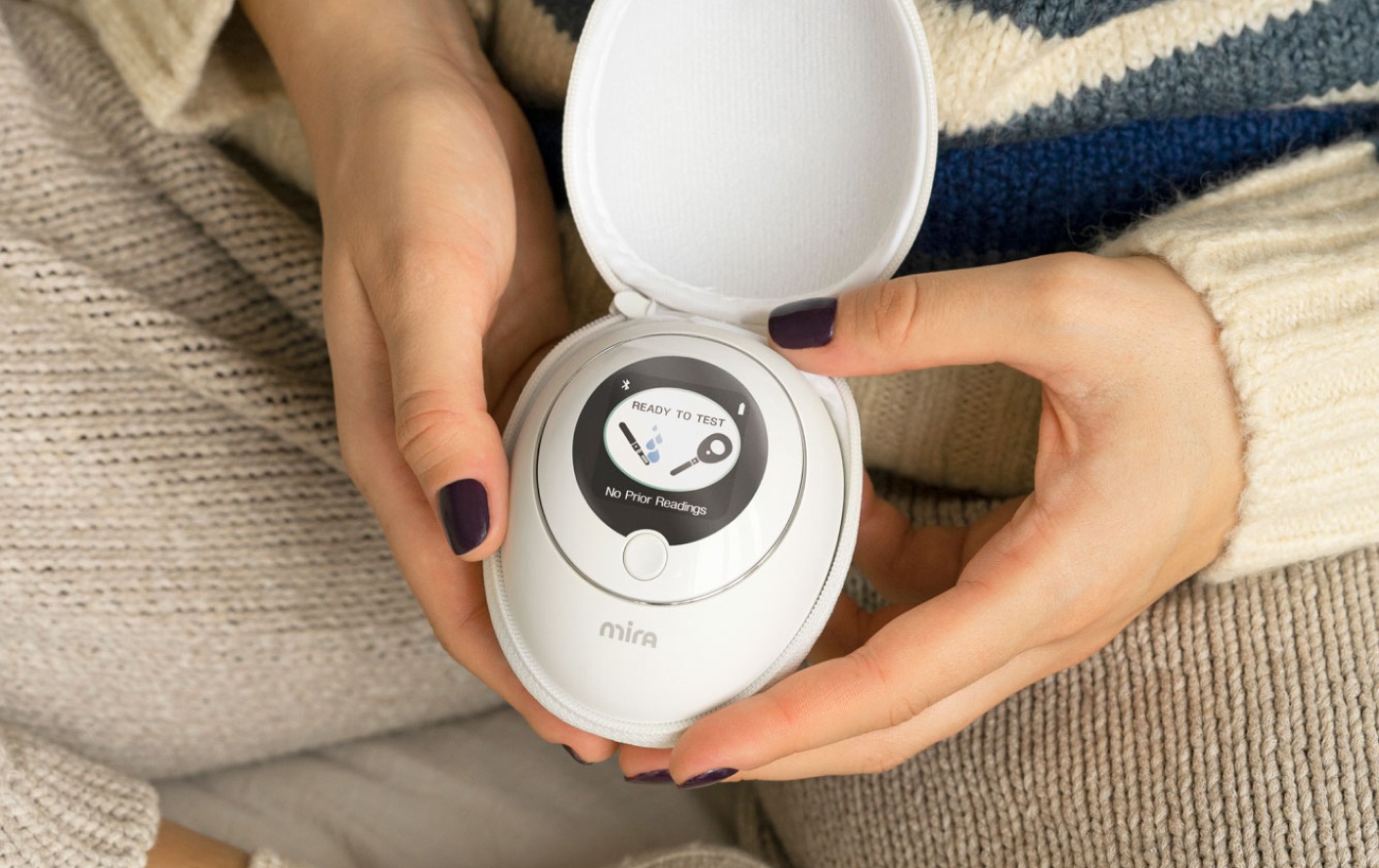Basal Body Temperature Chart and Detecting Ovulation Guide
The Basal Body Temperature (BBT) method is a type of fertility tracking, and can be used to help understand when you are ovulating, that is when you are at your most fertile, and therefore most likely to get pregnant. This knowledge can help you both conceive, or avoid unwanted pregnancy, depending on your goal.

However, using this form of natural family planning requires a good understanding of your cycle, your BBT patterns, and how to accurately track it throughout your monthly cycle. Today, we will go through this method step by step, including:
- Understanding your BBT
- How to track and record your BBT
- Factors affecting your BBT
- Using BBT for fertility planning
- Using BBT to confirm ovulation
- The advantages and disadvantages of using the BBT method
It may all seem quite technical at first, but we’re here to help you learn and understand so you can be confident in choosing the right fertility awareness method for you.
So, without further ado–let’s get into it!
What is basal body temperature?
To begin, your basal body temperature (BBT), is your body’s temperature when at complete rest, and can be used to track your fertility. This is because the ovulation stage in your cycle may bring about a small rise in your BBT, indicating to you when you are at your most fertile.
As you’ll be at your most fertile in the 2-3 days before your temperature increases, tracking your BBT daily can help you predict when you will be ovulating in future cycles. Tracking your BBT can be a helpful way to figure out when to have sex if you’re hoping to get pregnant, and a way to avoid pregnancy by abstaining from unprotected sex during this period.
For most women, your BBT will sit between 96-98F before ovulation, and rise to 97-99F after ovulation–your BBT may only increase very slightly, often only by 0.4-0.8F if ovulation occurs. When this raised temperature has lasted for at least three days, you can presume that ovulation has occurred.
How to Measure BBT?
The most important thing to remember about this fertility awareness method is that it must be done accurately and diligently. Skipping certain days, or taking your BBT at different times in the morning can impact the accuracy of your results. However, the method itself is pretty simple!
To begin, start tracking your BBT on the first day of your period (the first day of bleeding) using a Basal temperature thermometer–first thing in the morning, before getting out of bed. Do this every day, and over time, typically after tracking for about 3+ cycles, you will be able to see a pattern in your results.
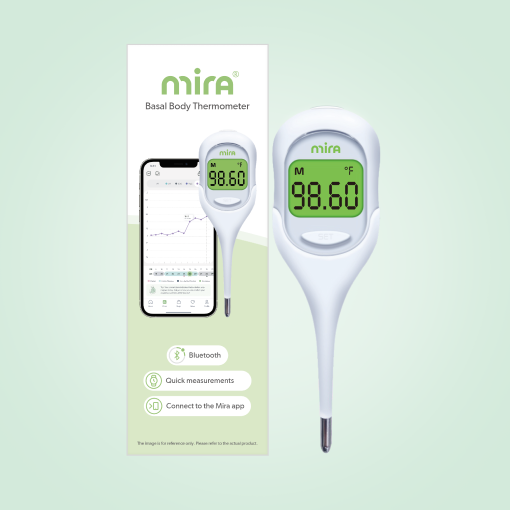
Usually, you will ovulate halfway through your menstrual cycle, and you will be able to see this in a sudden increase in your BBT readings. It is essential to make a note of your BBT every day to notice the patterns and predict when you will be at your most fertile. You can do this using the Mira app, which can help you track and monitor your readings with ease.
*A specialized basal body thermometer has two decimal places in its reading, compared to standard thermometers with just one—making it more accurate at picking up small increases in temperature!
Factors Affecting BBT
Many factors can impact your BBT readings, and it is important that you learn to account for these changes when tracking your results carefully. Examples of these factors include:
- Sleep
- Alcohol, or smoking the day before
- Illness
- Medication
- Lifestyle – including stress, travel, and shift work
To ensure accurate readings, take your BBT at the same time each day and before you get out of bed in the morning. Even going to the bathroom can impact these readings, so be sure to do it right away!

It is important to account for these variables in BBT charting. You can also pair the BBT method with another method of fertility tracking, such as looking out for signs of ovulation in combination with an increased BBT. Common signs of ovulation include sore breasts, and a change in your vaginal discharge/mucus.
It might take a while to get used to tracking and recording your BBT, but with time it will become easier and you will develop a greater understanding of your cycle. The best way to record and understand your BBT results is by using a BBT chart.
How to Chart Your BBT?
Recording your BBT readings clearly can help you understand your data and make it easier to spot emerging patterns in your BBT. A chart is a great way to see the changes taking place – here is an example of what your basal body temperature chart may look like during your full cycle:
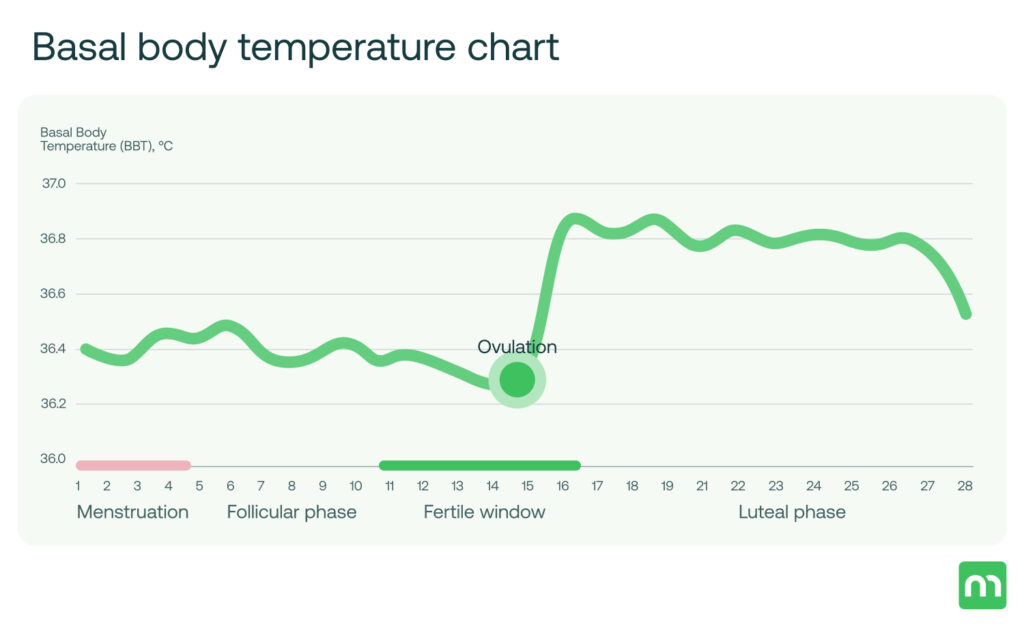
The Mira app is a great way to record your BBT readings and navigate your fertility. If you use the Mira BBT thermometer to take your reading, the data syncs to your app automatically, so no need for manual logs! Also, if you monitor your hormones, you can see your BBT as an extra data point in your hormone charts, and track your readings all in one place.
Using BBT for Fertility Planning
Using BBT to Confirm Ovulation
For fertility planning, ovulation is the key stage to watch for. A sign that you have ovulated is having an increased BBT reading for three or more days in a row.
In your chart, you will be able to notice an increase in your BBT after ovulation occurs. You are at your most fertile:
- 2-3 days before your BBT rises
- 12-24 hours after ovulation
This is known as your fertile window, and it is when you are most likely to get pregnant.
It is also key to remember that a man’s sperm can survive for up to five days in a woman’s body, with the potential of fertilizing an egg. This means that if you had unprotected sex a couple of days before your ovulation period, you could still conceive, so it is therefore important to also identify the days leading up to ovulation.
Advantages and Disadvantages of Using the BBT Method
There are many benefits to using the BBT method–it is a natural method of family planning, meaning that you do not have to take medications or hormones, nor experience any side effects, and is inexpensive compared to other family planning methods.
However, there are some disadvantages of using the BBT method that should be taken into account. It does not protect you from sexually transmitted infections (STIs), and its accuracy depends significantly on recording your BBT correctly and consistently.
Although it can be helpful when trying to conceive, it is one of the least effective methods of avoiding pregnancy. Up to 1 in 4 women using this method as a form of natural birth control will become pregnant after one year.
It can be helpful to use other fertility-awareness methods in addition to this one, as a more effective means of fertility tracking. We recommend tracking your PdG levels as a good way to confirm that ovulation has occurred, which you can do with the Mira Hormone Monitor. Trained on 13 million+ hormone data points, this monitor syncs automatically with the Mira app and offers 99%, lab-grade accuracy thanks to its ultra-sensitive AI.
Conclusion
Recording your BBT every morning in a chart can help you understand your cycle and see when you are most likely to get pregnant. If you are looking to conceive, you can use your BBT readings to anticipate when you are ovulating and when it is best to have sex.
You can also abstain from having unprotected sex in this window if you wish to avoid pregnancy. However, this is not a guaranteed method of birth control, and using a barrier method (condoms) alongside the BBT method will offer you better protection against unwanted pregnancy.
Natural family planning may also not be suitable for you if you have irregular periods, or you need to avoid pregnancy due to a health condition, for example.
We recommend that you consult with a healthcare provider for personalized advice before considering the basal body temperature method for family planning, particularly if you have recently given birth, stopped taking hormonal contraception, or are approaching menopause.
If you wish to find out more, we at Mira offer a Hormone Health Clinic for Fertility, with coaches specialized in natural family planning, who can offer support in using tools such as BBT tracking and hormone tracking. We also offer free e-books and webinars, where you can learn to understand your hormones with the help of our certified Hormone Health Coaches.
Mira’s Editorial Process
All content produced by Mira meets stringent editorial standards, ensuring excellence and accuracy in language and medical precision. Every piece undergoes thorough fact-checking and review by qualified professionals. Check out our full editorial process to learn more.




